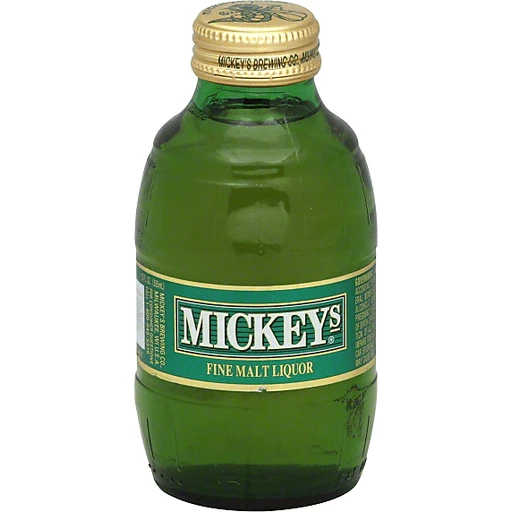Not sure why NA is being singled out here. Bottles are largely the same shape (with a few functional differences, see below) no matter where they come from.
The round shape is mostly a historical artifact from early designs that were hand-blown. A hexagonal (bestagons!) shape would pack better in an infinitely large container, but since most shipping crates are rectangular, there will be wasted space either way, and round is far easier and cheaper to mass-produce. Also, as a carbonated beverage, sharper corners could create stress points and exploding bottles.
Toppling over could potentially be reduced with a wider base, but fitting in the hand is a hugely important factor for any drinking container. There are larger-based bottles, but they also need more specialized packaging and storage space. By using bottles that are similar size to aluminum cans, lots of infrastructure can be dual-purpose (I’m thinking of things like can/bottle storage in your refrigerator, for example).
Double the volume of what? Glass bottles have to be thicker than other materials, so to get the same volume as a can with the same size base, it has to be taller.
If you want to do a lot more reading, here’s a few sources I borrowed from:
https://sha.org/bottle/beer.htm
Regarding the functional design features referenced above:
https://www.hillebrandgori.com/media/publication/beer-bottle-sizes-and-their-surprising-history
Those ‘shoulders’ we keep mentioning remain in modern beer bottle design mainly for aesthetic reasons. Their original function was to provide a handy place for the yeast residue and dregs to collect, so that these didn’t pour out into the glass with the beer. Nowadays, most beer is filtered, so this design feature is no longer needed. Unless you’re bottling a yeast beer like a Belgian beer, of course.
Not the deep dive I expected to go on today. Thank you, bottle scientist.
Sounds like it’s time for a stubby.

You forgot coors golden banquet
Not sexy enough.
More and more craft breweries are going can-only. It’s better for the beer and the environment.
I was under the impression that the glass was actually better, since the cans require a plastic lining to not ruin the beer and the bottles can either be recycled and reused as-is after a wash or ground up and remelted with little/no loss in quality.
Cans must be recyclable as well as they come with a deposit and many people return them to recycling centers.
Glass is almost always the most environmentally friendly packaging for drinks. Aluminium needs a lot of energy to be recycled and can only be used once. I’m not sure how it works in the states but here in Germany we reuse our glass bottles up to 50 times.
Yeah here in the US no containers get reused as is, due to corporate lobbying from pre 1990. Aluminum also is less energy intensive to transport since containers weigh less! Both are infinitely preferable to plastic containers.
NA = North American or non-alcoholic?
North America wasn’t even on my radar! I suspect anyone who’s worked in the industry thought non-alcoholic by default.
I haven’t tried a NA beer in some time, but when I did years ago it was in the same tall bottle that every other commercial beer uses. I honestly thought you meant north America and that other countries have differently shaped bottles (like how Sessions uses small 12oz bottles).
NA = North American or non-alcoholic?
NA = Never Ask
,-)





